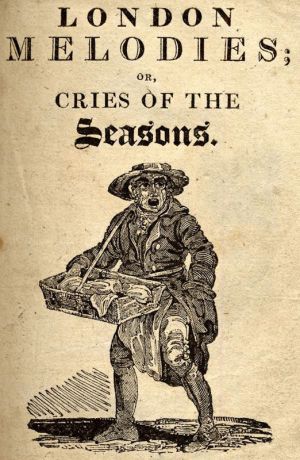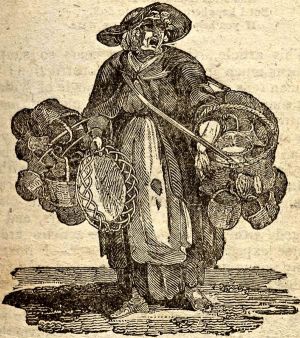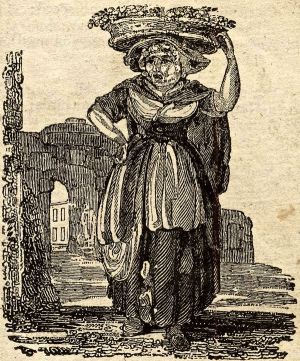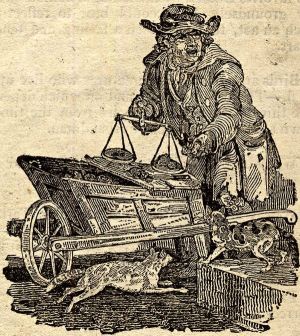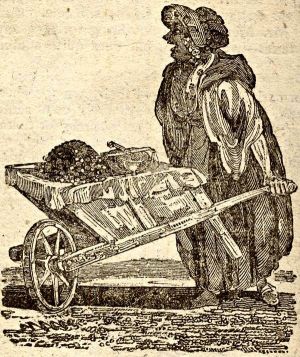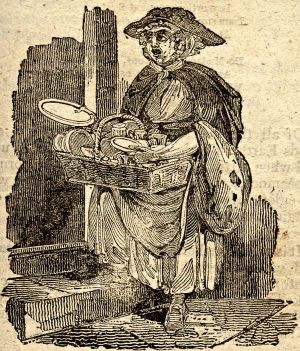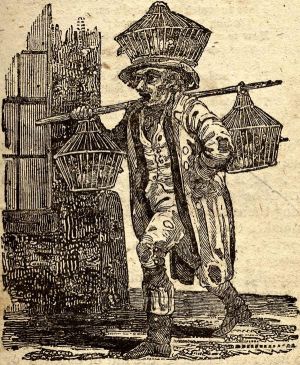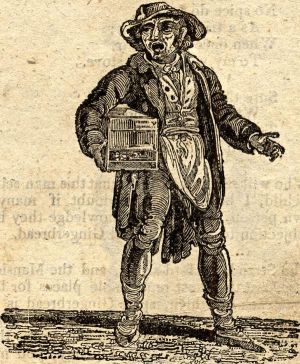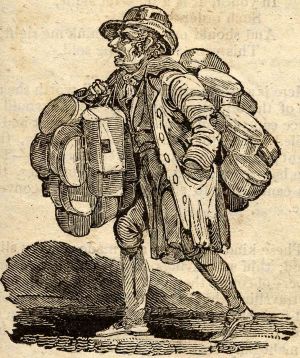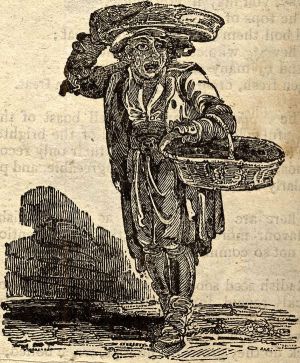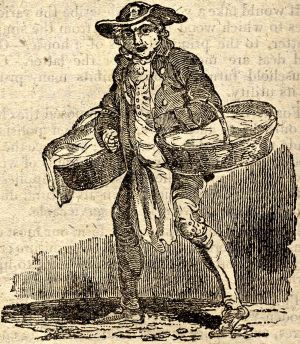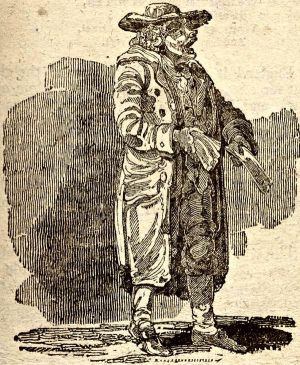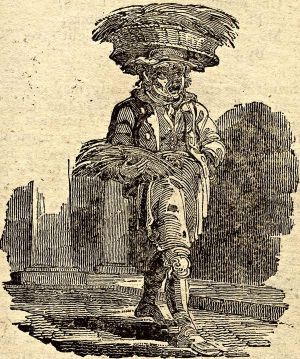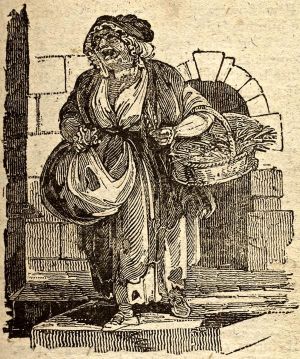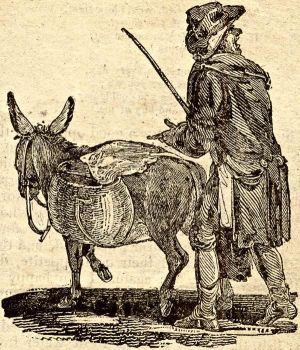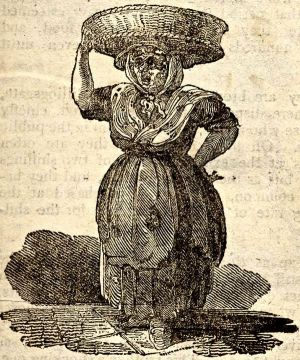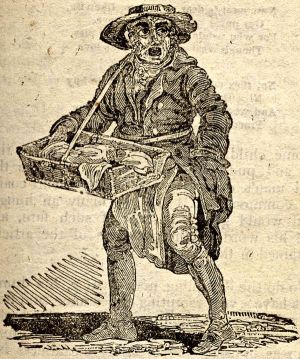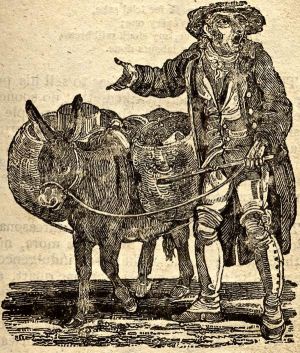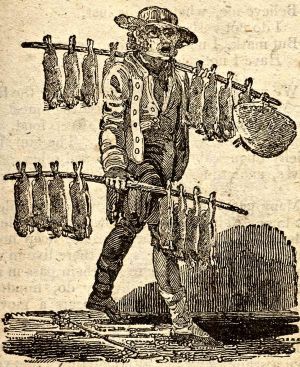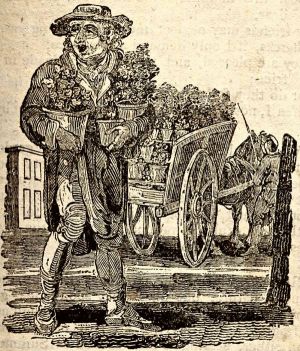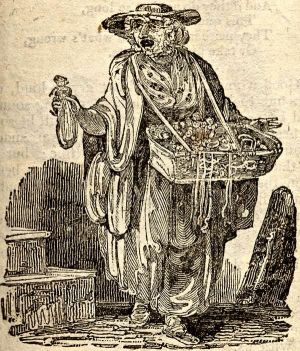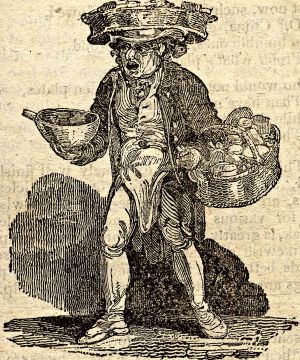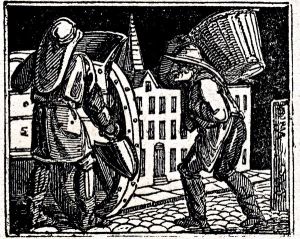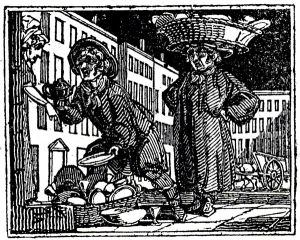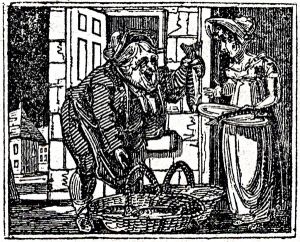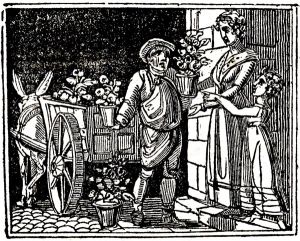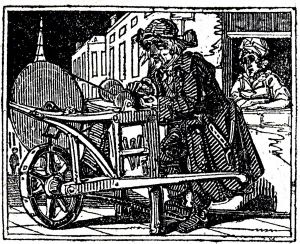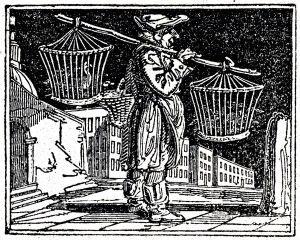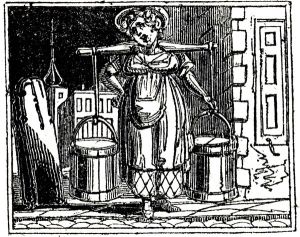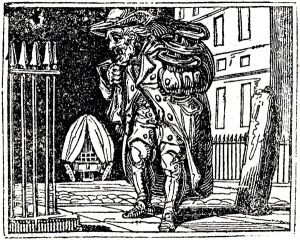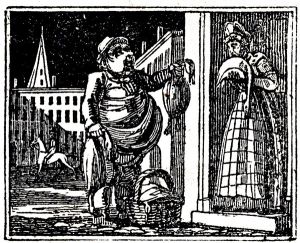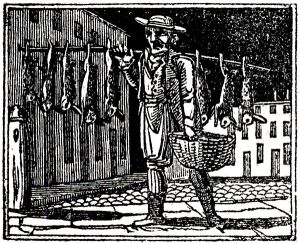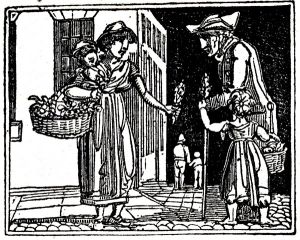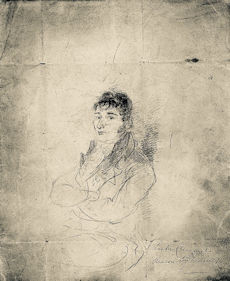
Luke Clennell - Self-portrait c 1810 (Pencil & Paper)
Clennell, the son of a farmer, was apprenticed to the Newcastle upon Tyne wood-engraver Thomas Bewick in 1797. Between 1799 and 1803 he acted as Bewick's principal assistant on the second volume of his A History of British Birds. After completing his seven-year apprenticeship with Bewick he moved to London in 1804, where he married a daughter of the copper-engraver Charles Turner Warren (1762–1823). Through his marriage he became acquainted with such book illustrators as William Finden and Abraham Raimbach.
He gained a reputation as a wood-engraver, and in May 1806 he was awarded the gold palette of the Society of Arts for a wood-engraving of a battle scene. He subsequently gave up engraving for painting. In 1812, Clennell published a series of woodcut prints of London's street traders entitled "London Melodies & Cries of the Seasons". In 1814 he received from the Earl of Bridgewater a commission for a large commemorative picture, Banquet for the Allied Sovereigns, at the Guildhall, London. He experienced great difficulty in getting the more than 400 distinguished guests to sit for their portraits, suffered a mental breakdown, and spent some time in a mental asylum in Salisbury.
Clennell resumed work on the picture of the Allied Sovereigns in 1817, but suffered another bout of depressive mental illness, and his family found him throwing his palette and brushes at the canvas, "to get the proper expression." From then until his death in a Newcastle asylum in 1840 he was never well enough to work as an artist.
